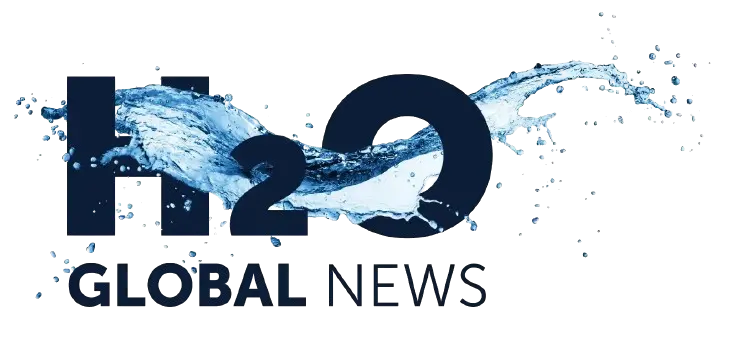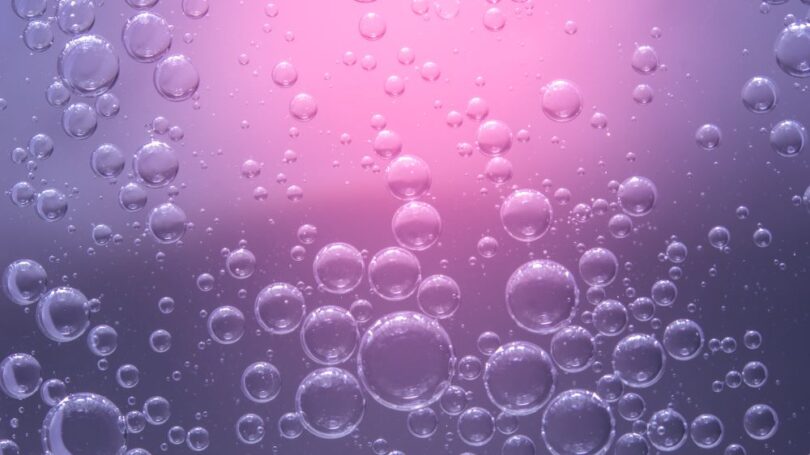In your opinion, what is the biggest threat to our global water supply?
The greatest threat to our global water supply is the unsustainable reliance on finite and centralized water resources, particularly in the face of escalating demand and accelerating climate change. As populations grow, climate change accelerates, and this development is only further amplified through the expansion of the digital economy at large — consider the staggering water needs of data centers — we’re placing unprecedented pressure on water systems that were never designed to scale at this rate.
What do you think is the most effective way for industries to reduce their water usage and waste?
To truly transform industrial water use, we need to go beyond conservation — we must rethink the source of water itself. A promising path forward lies in tapping into the atmosphere as a virtually limitless yet currently untapped reservoir of fresh water. While the atmosphere will not replace traditional sources of water, it surely is a valuable supplementary reservoir, especially in vulnerable communities.

Magnus Bach, VP Business Development at Atoco
The atmosphere contains more water at any given moment than all the world’s rivers and lakes combined. It’s a self-replenishing system that offers industries an opportunity to decouple from traditional water infrastructure. By integrating atmospheric water generation technologies, industries can both reduce their reliance on stressed terrestrial sources and minimize waste through on-demand, point-of-use generation.
This isn’t just about sustainability — it’s about building resilience and autonomy in the face of a volatile climate future.
What are some innovative solutions you have seen to combat water scarcity in a growing population?
One of the most exciting frontiers in the fight against water scarcity is Atmospheric Water Harvesting (AWH), especially using advanced nano-engineered reticular materials. These systems, powered entirely by low-grade ambient thermal energy or low-grade waste heat from industrial processes, can pull water directly from the air at utility scale — even in remote and arid environments.
What sets this approach apart is its decentralization potential. Unlike traditional infrastructure, AWH doesn’t require proximity to surface or groundwater sources and works indecently of grid-connection, making it an ideal solution for remote settings in arid regions or rapidly urbanizing areas with overstretched infrastructure.
Even more compelling: the atmosphere is a sustainable, renewable source that naturally replenishes. AWH allows us to imagine a future where access to clean water is no longer dictated by geography, politics, or legacy infrastructure — but democratized, scalable, and rooted in harmony with the planet’s natural cycles.







